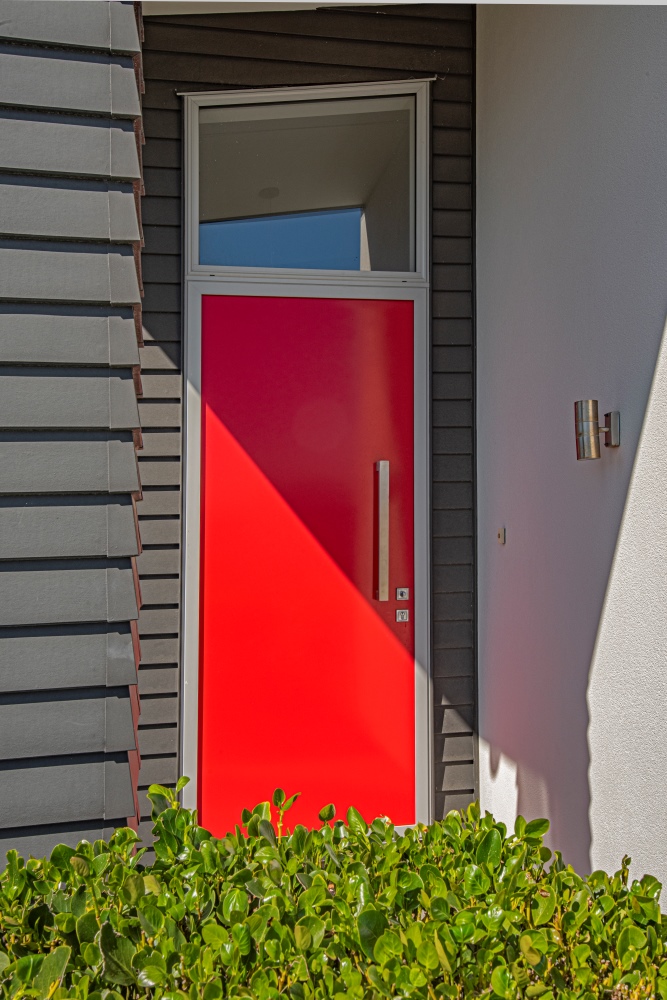Polyurethane (PUR) vs Polyisocyanurate (PIR)
Polyurethane (PUR) and Polyisocyanurate (PIR) are both types of rigid foam insulation materials. At Parkwood we use PIR for insulating our Aluminium Thermtek FL door range and PUR is in our Duramax doors.
Despite their similarities, they differ in some keyways.
Composition
In spite of the fact that both PUR and PIR are derived from polyurethane, their chemical formulations differ. PUR is made by reacting polyols with diisocyanates, while PIR is created by adding a blowing agent to a mix of polyols and isocyanates.
Insulation Properties
PIR typically has a higher R-value than PUR when it comes to insulation properties. Hence, PIR provides better thermal insulation in buildings, increasing their energy efficiency.


Fire Performance
PIR has better fire performance compared to PUR. PIR insulation boards are self-extinguishing, but flammable at high ambient temperatures. However, fire safety is higher than with PUR insulation boards, because when the PUR material is burned, large amounts of highly toxic gases (hydrocyanic acid) are emitted. This makes PIR a preferred choice in applications where fire safety is a concern.
Moisture Resistance
PIR generally has better resistance to moisture absorption than PUR. As a result, PIR is suitable for use in humid environments or areas susceptible to moisture exposure.
Weight
PUR generally has a weight of 38 to 40kg for one cubic metre and PIR is 40 to 45kg for a satisfactory strength.
Cost
The cost of PUR is generally lower than that of PIR. Due to PIR’s more complex production process, it involves more steps and chemicals, increasing its cost.
In conclusion both PUR and PIR are effective insulation materials, PIR offers significantly improved insulation performance, fire resistance, and moisture resistance over PUR. Choosing between the two will be determined by factors such as your project requirements, your budget, and your application requirements.

